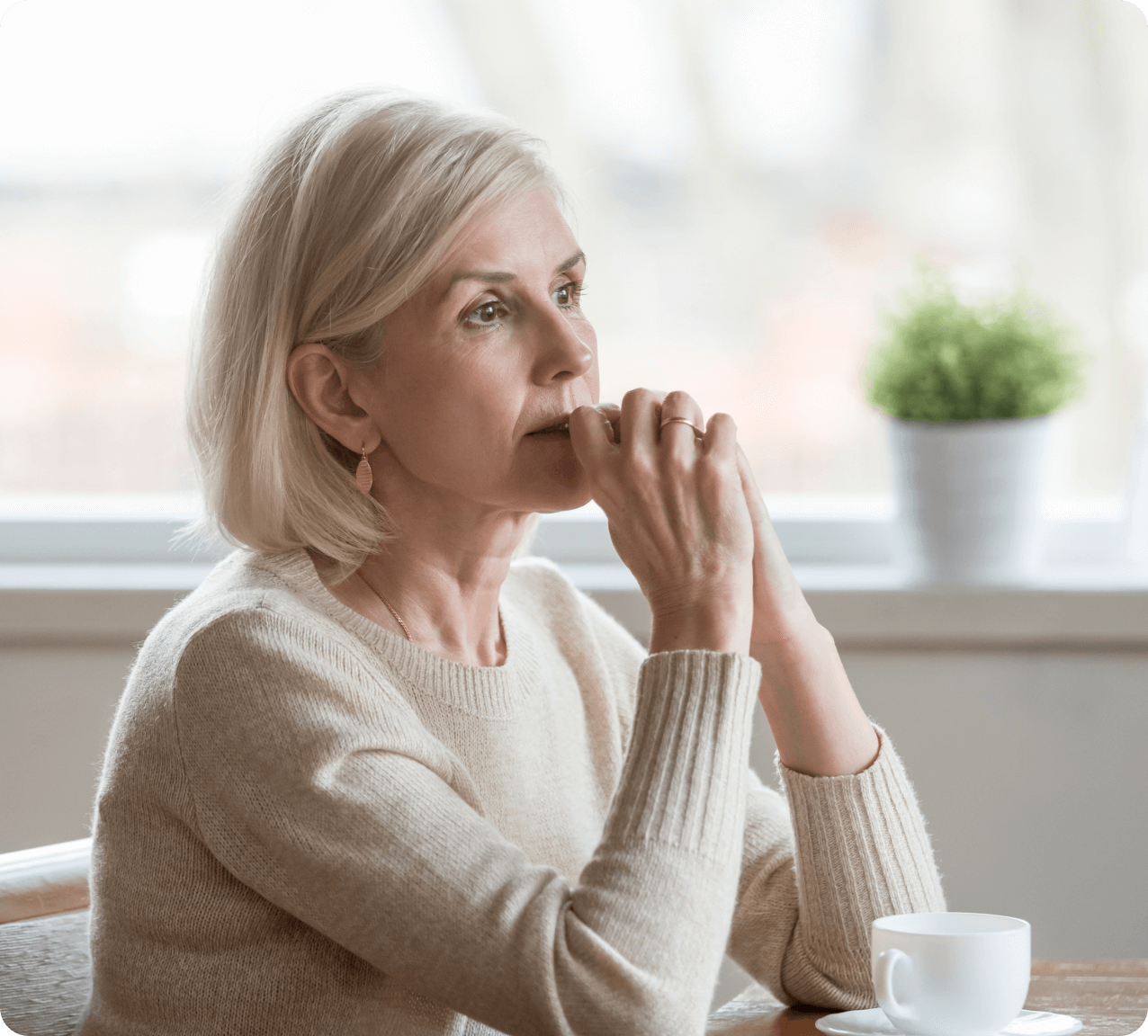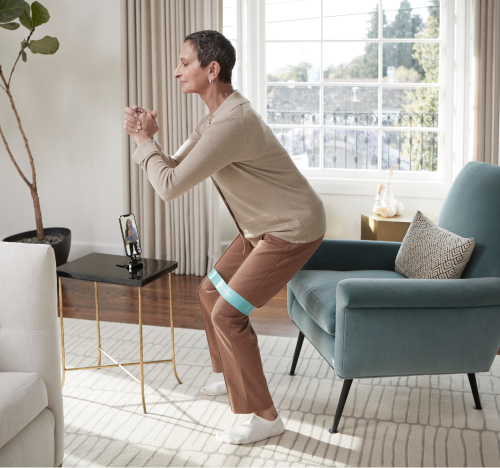Exercise therapy for women’s pelvic health
Reduce pelvic pain and discomfort — at no additional cost to you — with exercise sessions you can do at home in 15 minutes or less.
If you suffer from a pelvic floor disorder, you probably know what it's like to:
Now you can manage your pelvic pain and other symptoms
Now you can manage your pelvic pain and other symptoms
What we treat
No matter what stage of life you’re in — from early adulthood to after menopause — we can help with many common issues, including:
Pregnancy & Postpartum
Pregnancy and childbirth take a toll on your body. Get help to control — and get relief from — urinary issues, difficulty with bowel movements, and low back, hip, and pelvic pain.
Bladder & bowel disorders
Improve your bladder and bowel control. Stop leaking urine and manage that uncontrollable “gotta go” feeling. Get relief from constipation and bloating, too.
Pelvic organ prolapse
If the pelvic organs slip out of place (known as prolapse), the result is often pelvic pain or pressure. Strengthening the pelvic floor, hip, and lower back muscles can provide relief.
Pelvic pain
Your pelvic floor muscle, like all muscles, can develop pain from stress, injury, and conditions like endometriosis. Exercise therapy, along with other treatments, can provide relief.
Separated abdominal muscles
Pregnancy, childbirth, even injury can stretch your abdominal muscles and lead to pelvic and back pain. Heal and strengthen your core muscles with the right exercise and guidance.
Sexual dysfunction
Many different factors can cause sex to hurt, including pelvic floor disorders. Exercise that targets the pelvic floor muscle, along with other treatments, can help you enjoy sex again.
What members say about our women's pelvic health program
My Hinge Health PT was the first person to tell me what caused this.
Margaret
Hinge Health member



